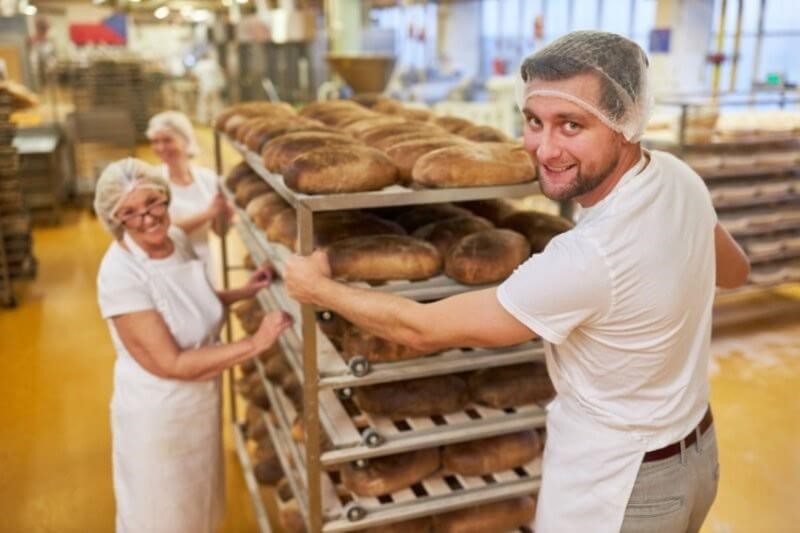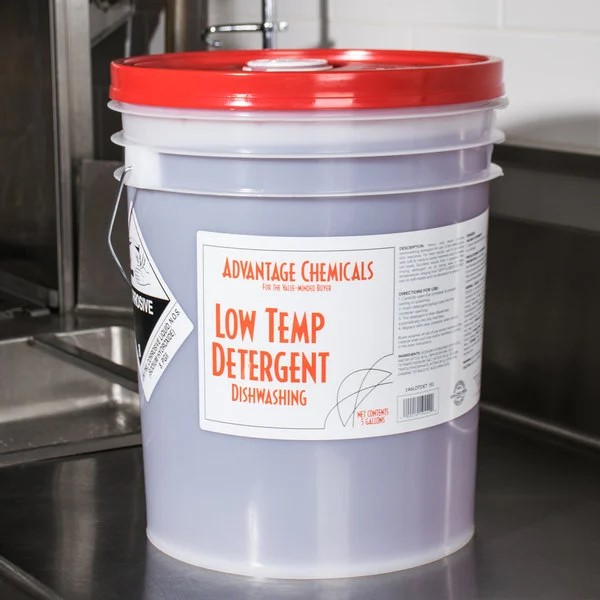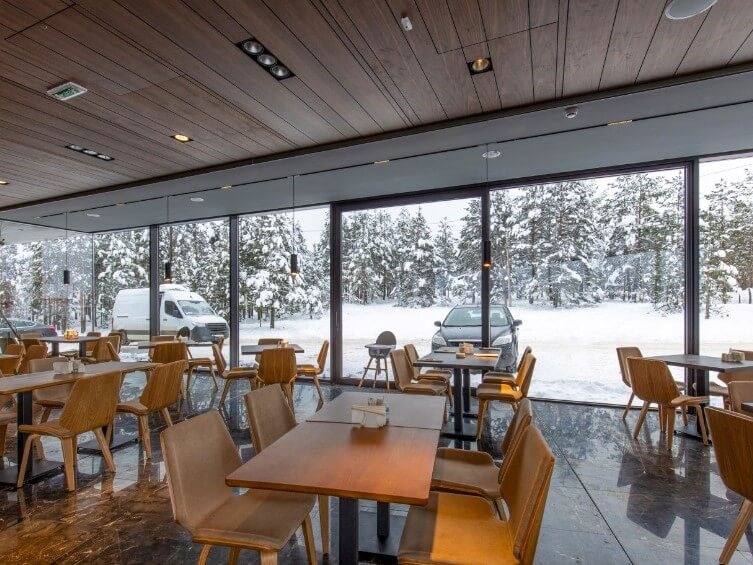Bakeries and other food businesses that regularly make their bread, desserts, and other baked goods have a unique set of challenges when it comes to food safety. The certified food protection managers in these businesses need to take care to train their staff on safe handling procedures for baked goods throughout every aspect of the business.

Tips for Food Protection Managers Handling Fresh Baked Goods
In restaurants and other food businesses, products are made in the kitchen and delivered to a table for near-immediate service. Bakeries, however, prepare most of their treats ahead of time for display or delivery. Some of the challenges certified food protection managers need to overcome include:
- Cleanliness of Preparation Equipment and Surfaces
- Shelf-Stable Products vs Temperature Controlled Items
- Display Cleanliness
- Common Allergens
Just like in restaurants, all equipment and surfaces used in bakery production should be cleaned and sanitized, but some equipment in bakeries requires a little more attention due to the size of mixing bowls, implements, and other large bakery utensils. All of these should be thoroughly cleaned and dried before use. It takes just a small amount of bacteria growing on wet equipment to infect an entire batch of bread, cakes, cookies, and pastries. Make sure all surfaces are dry and free from sanitizer, water, and other contaminants.
Certain bread products do not require refrigeration after they have been made, however, some baked goods may have elements that must be kept cold. Certified food protection managers in bakeries must be very clear with their staff concerning which baked goods require temperature control.
Display cases must also be cleaned regularly, and not with just a quick spritz of glass cleaner so customers can see your product more clearly. Shelves, display racks, and plateware should all be cleaned and sanitized regularly. Make sure that all cleaning solutions used have had time to dry and do not come in contact with food.
Bakeries have a high risk of contamination from common allergens due to some of the ingredients used in some baked goods. Food protection managers should assure all baked goods with allergens such as peanuts, tree nuts, eggs, soy and dairy are clearly labeled. If possible, display, store and prepare these items away from other baked goods.
Have you taken the time to evaluate procedures in your bakery that are different from standard restaurant food handling routines?



